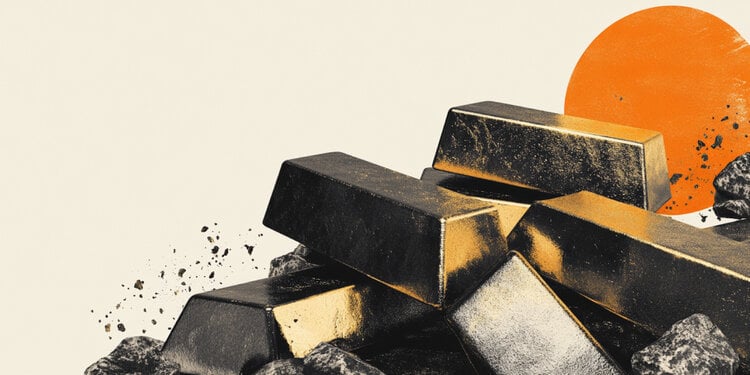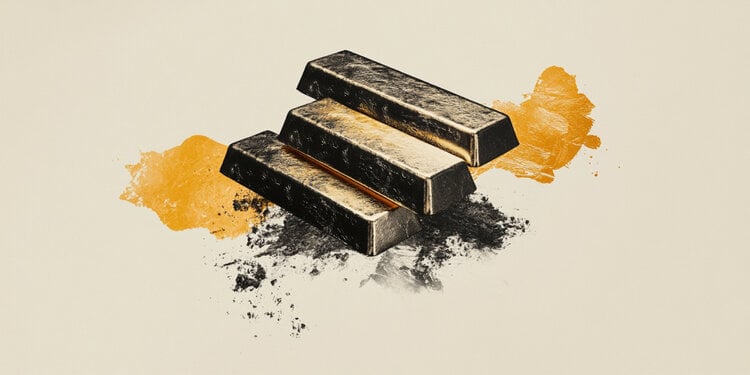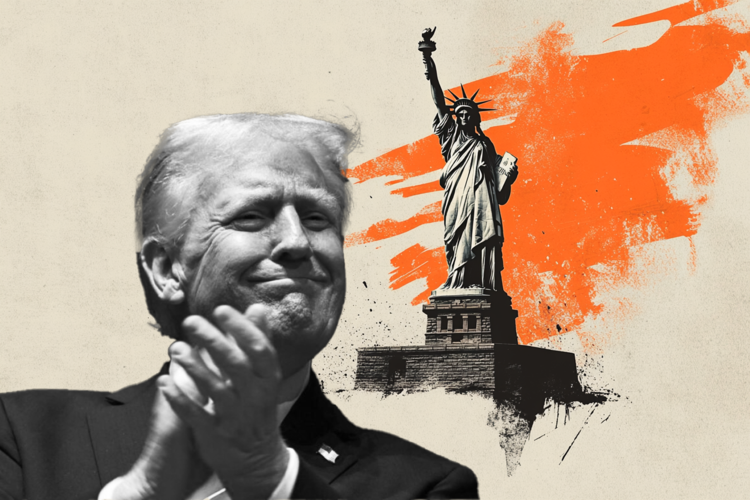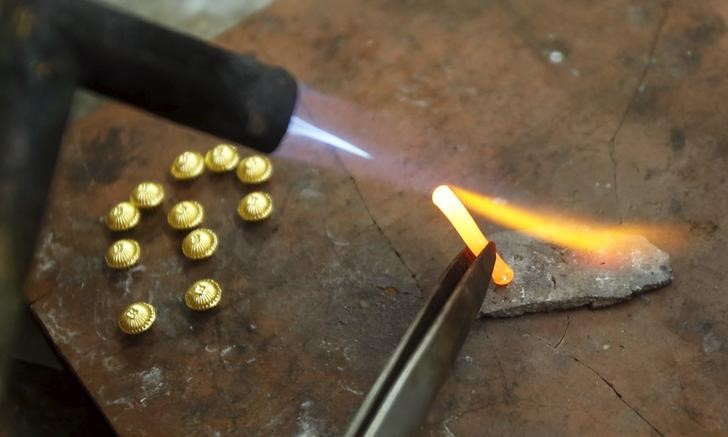KanawatTH/Getty Images
Over the last year, the price of gold has repeatedly hit new records, at one point soaring past $2,700.
With inflation issues looming and global uncertainty causing more investors to become interested in gold bars and coins, gold exchange-traded funds (ETFs) and gold individual retirement accounts (IRAs), rising demand for the precious metal helped to drive rapid price increases, leaving experts speculating the price could hit $3,000 an ounce soon.
Now, even as inflation is cooling, gold prices have moderated a bit but have not seen big declines. In turn, many are wondering if they will continue their upward climb. In light of this, it’s worth taking a look at how experts think gold prices stack up historically and where prices are going.
Find out how to add gold to your investment portfolio today.
How today’s gold prices stack up historically
Gold is often considered a hedge against economic uncertainty. However, gold prices can still be relatively volatile, especially over the shorter term.
For example, gold prices hovered around $35 per ounce in the early 1970s, but the price per ounce surged above $800 per ounce in the early 1980s, just a decade later. That changed over time, though, with the price of gold falling to under $300 per ounce in 2001 before ascending again.
Part of what drives these swings in value is that gold tends to outperform during periods of economic uncertainty or high inflation. Its steady price increases from the 1970s to the 1980s reflected the devaluation of the U.S. dollar after President Richard Nixon took the dollar off the gold standard in 1971. However, the big surges in the early 1980s were driven by many factors, including geopolitical events like the Iran hostage crisis.
The gold price increases that occurred in the mid-2000s, on the other hand, happened amid the Iraq invasion and a weakening U.S. dollar. And gold prices crossed the $1,000 per ounce barrier for the first time in the aftermath of the Great Recession in 2009. The most recent price surges have been driven, again, by inflation hitting the highest level in decades combined with fears over geopolitical conflict.
That said, while gold has repeatedly hit a new record price per ounce in the post-pandemic era, Michael Martin, vice president of market strategy at TradingBlock, cautioned that it’s important to consider its value on an inflation-adjusted basis.
“Today’s gold price might seem like an all-time high,” Martin says. “However, when adjusted for inflation, gold is trading at about the same value it reached in 1980 during its previous peak.”
This still reflects impressive gains for the precious metal throughout the 2000s, though.
“If we look at the trajectory over the last half-century, gold’s climb is striking,” Jose Gomez, a partner at Summit Metals, says.
Explore your gold investing options online now.
Where does gold go from here?
With gold prices continuing to hover near a record high, the next big question is whether there is room to grow. Most experts believe there is, although the price increases may be more limited in the coming year.
“I believe gold prices will see moderate gains in 2025,” Martin says.
Martin believes gains are likely to be more tempered next year, however, because inflation is likely to be better controlled and some economic uncertainty may come to an end. However, Martin says he wouldn’t rule out more significant price increases if markets are disrupted by trade tariffs or economic policy changes.
Gomez notes several other factors that could prevent significant price increases, but additional media attention on gold could help push the price up further as it pushes new investors to enter the market — especially now that major retailers like Costco have made it simple to gain exposure to the precious metal.
Not all experts agree that gains will be moderate, either. Wheaton Precious Metals CEO Randy Smallwood believes that optimistic estimates of gold rising to $3,000 per ounce in 2025 are supported by “strong central bank purchases, positive ETF flows, and the ongoing influence of interest rate decisions in support of ever-growing record debt levels, all of which signal sustained demand for gold.”
The bottom line
Ultimately, while there may be disagreement about the extent of the upside, most experts do believe the price per ounce will continue to climb in 2025. Purchasing gold now before the price ticks up further could be a good decision for those who share their optimism.













